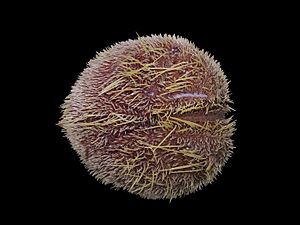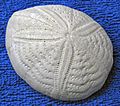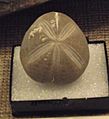Heart urchin facts for kids
Quick facts for kids Loveniidae |
|
|---|---|
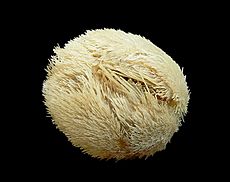 |
|
| Echinocardium cordatum | |
| Scientific classification | |
| Kingdom: | |
| Phylum: | |
| Class: | |
| Order: |
Spatangoida
|
| Family: |
Loveniidae
Lambert 1905
|
Heart urchins are fascinating sea creatures. They are a special type of Sea urchin that loves to burrow into the sand. You might think they are like sand dollars because they also dig. However, heart urchins belong to a different scientific group. They are part of the Loveniidae Family. This family is within the larger Order called Spatangoida.
Contents
Discovering Heart Urchins
Heart urchins are unique animals that live in the ocean. They are known for their distinct heart shape. These creatures are echinoids, which means they are related to starfish and sea cucumbers. They spend most of their lives hidden away in the sand.
Life in the Sand
Heart urchins are amazing diggers. They can burrow deep into the sand. Some can even dig five times their own height! This helps them stay safe from predators. Even when buried, they keep a connection to the surface. This connection lets them get oxygen and food from the water.
Meet the British Heart Urchin
One common type of heart urchin is Echinocardium. You can often find it on sandy shores in British waters. This particular heart urchin has soft spicules. Spicules are like tiny spines. It also has sticky tube-feet. These tube-feet are very important for how it finds food.
How Heart Urchins Eat
The sticky tube-feet of the Echinocardium are used for feeding. They help the urchin collect tiny bits of food. These food particles are then passed along to its gut. This method helps the heart urchin get enough to eat while staying buried.
Heart Urchin Babies: The Pluteus Larva
Like many sea creatures, heart urchins start small. They begin their lives as tiny larvae. These larvae float around in the water. One type is called a pluteus larva. It looks very different from an adult heart urchin.
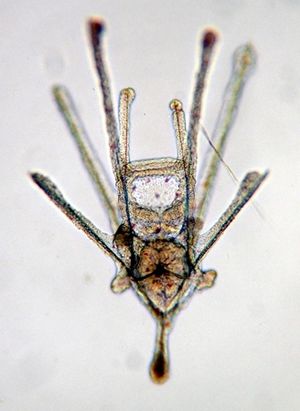
Images for kids


